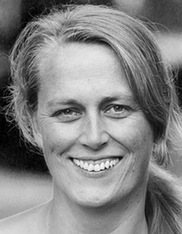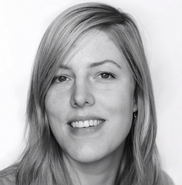
|
|
|
| Presentation of Yearbook 2014 with Campus and Groene Loper at TU/e by MTD |
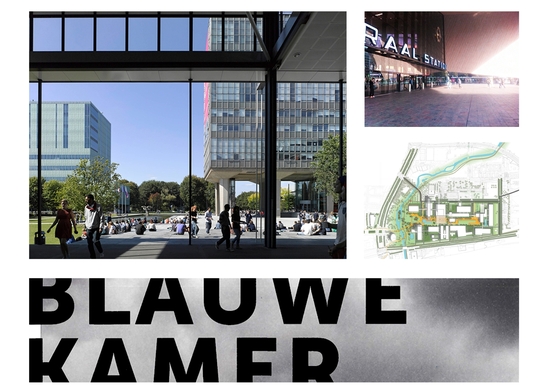
|
|
On Saturday 13 December 2014 the presentation of the Yearbook on Landscape Architecture and Town Planning 2014 took place in Rotterdam. The presentation of the book took place at Rotterdam Central Station, a design by Benthem & Crouwel architects, Team V architecture and West 8, which was selected for the yearbook.
In June 2011, MTD landschapsarchitecten was selected in a phased tendering process to draw up a development plan for the Campus and Groene Loper of the University of Technology in Eindhoven.
|
| Gigantic project taking shape; the Stadswalzone of ‘s-Hertogenbosch |
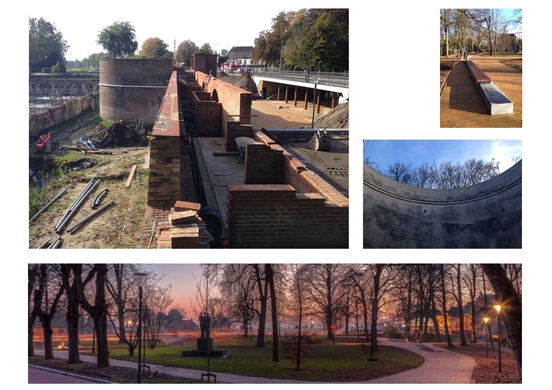
|
|
Without even noticing, a gigantic project is taking shape in the Stadswalzone (rampart zone) of Den Bosch; the walls and the floor of the future parking garage as well as the entrance to the parking garage are in place. In the construction pit, where Heijmans continuously works on the construction to realize the plans, one seems to lose one's sense of size and scale. This is certainly the case when, at the place where you would be driving into the actual parking garage, you'll see the historical city wall hanging in an enormous lifting contraption…… An image moreover, which will never be seen in this way again; the wall will soon disappear in the concrete structure of the parking garage.
MTD landschapsarchitecten is the designer of the development plan for the Stadswalzone, the Zuiderpark and the Casinotuin, and has also drawn up the coordinating management plan for the three simultaneously running design routes; the design for the parking garage and bridges by Studio Leon Thier, the restoration of the city wall by Van Roosmalen Van Gessel architects, and the development plan for the public space by MTD.
|
| Integrated plan Sint Jan , Sint Jans Garden and Sint Jans Museum |
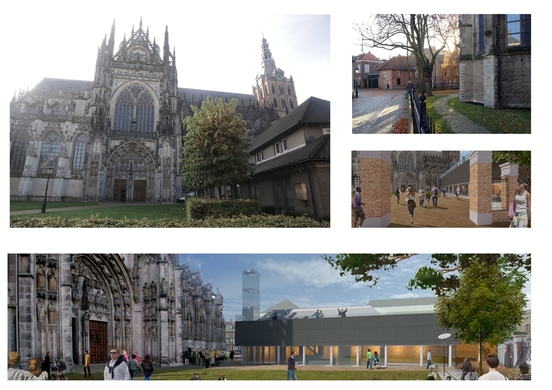
|
|
The ambition of the Sint Jans church council is to develop the Sint Jans Museum, that is established in the Bouwloods, into a ‘accessible, attractive and educative visitor center which can add an extra dimension to a visit to the Sint Jan’. It should not only be destined for tourists but also for the inhabitants of ‘s-Hertogenbosch. By this the Sint Jans Museum, which houses the largest collection of medieval sculptures within the Netherlands, reveals an suitable museum emanation.
Molenaar & Bol & Van Dillen architects, HeemArchitects and MTD landscape architects, in consultation with the Foundation Exhibition Sint Jan, are working on an integral design for the Sint Jans Museum and Sint Jans Garden. They searched for ‘a balance between an attractive shape and a meaningful content’ .
|
| MTD acquires assignment Stationsplein and Percee Maastricht |
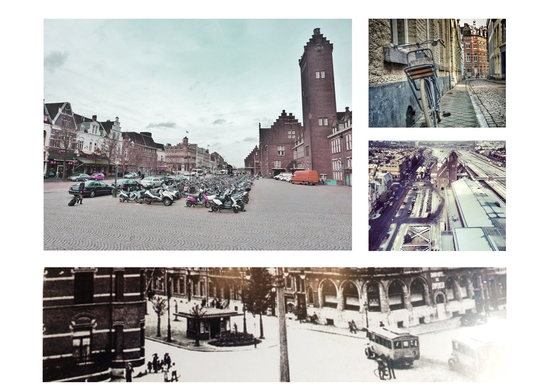
|
|
The municipality of Maastricht has the ambition to redesign the Stationsplein and part of the Percee or Stationsstraat of Maastricht and to award it more residence quality and appearance as an entrance of the inner city and the rail station. Causes are the introduction of an underground bicycle storage and the possible arrival of the tramline Maastricht / Flanders at the Stationsplein. However, the arrival of the tramline, is last month under discussion and is being reconsidered.
In the agency’s view, the assignment particularly refers to maintaining and strengthening the existing cultural-historical, urban , architectural and green qualities of the Stationsplein and Percee or Stationsstraat, the maximum integration of the bicycle storage, the streamlining of the routing of the various forms of traffic, the designing of the entrances to the bicycle storage and other furnishing elements and the adding of motives for staying and meeting in the public space of the Stationsplein and Percee .
|
| Design Research Foodscapes Academie van Bouwkunst |
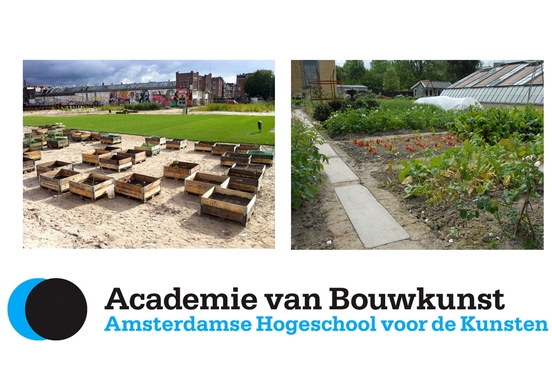
|
|
At the Academie van Bouwkunst in Amsterdam currently runs the research group Foodscapes under the direction of rural sociologist Han Wiskerke. The research program within the department of Landscape Architecture, links scientific research to spatial research. Within the three-year program students will investigate the spatial conditions for the transformation to sustainable regional food landscapes and the spatial consequences for the urban and rural landscape.
The three design agencies start the design research in January 2015, in close collaboration with the Academie van Bouwkunst and the experts. The ambition is to round the research in May 2015 with an exhibition and publication.
|
|
|
|
|
